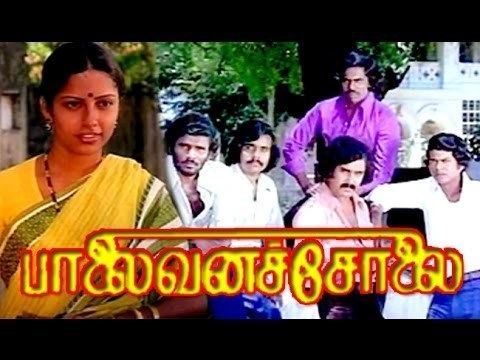


“There was also a 250-year-old Baobab tree growing inside a petrol pump on Greams Road. All of these are over 200 years old and were planted by the British.Ī Baobab tree on Greams road that was uprootedīut lack of awareness has also led to the city losing these trees. If you happen to be close to the tree and make some noise, the entire colony of bats might fly out, making you feel like Batman,” says Dr Diwakar Babu, tree conservator and a trustee of Nizhal.Īnother Baobab tree is also found opposite the Bodyguard Muniswaran temple on Pallavan Salai, and near the Alagappa College of Technology in Guindy. “It is on the same campus as the Connemara Library and for some reason, this specific tree is filled with fruit bats or flying foxes. But little known to most Chennaites, an old Baobab tree grows inside the Egmore Museum theatre compound. Today, the Baobab species is rare in Chennai. According to mythology, when God planted the Baobab tree, the trees kept walking away which prompted God to uproot them and plant them upside down, says the book Living Landmarks of Chennai, released by Nizhal. The tree looks ‘upside down’, almost like its roots have replaced its branches.

This means that ages ago, the British planted Baobab trees across the city and over time, these trees adapted to the climate and soil conditions and grew into giants. The African BaobabĪ part of the African Big Five, the Baobab is not a naturalised tree in Madras. TNM spoke to Nizhal, an NGO associated with tree-conservation, to map the most iconic trees of Madras. While unsustainable development has killed some of these trees, what remains has been fiercely protected by a strong community of the city’s tree lovers. Centuries later, these trees are keepers of Madras’s history, witnessing its birth and growth to become the bustling metropolis that it is today. Some of these trees were brought by the British from foreign lands and planted in the middle of the city, as Madras was being planned. But even before these landmarks, there stood certain ‘living landmarks’ in the same land - ancient trees which still dot the city’s landscape. When we think of the Madras today, we only remember its concrete landmarks, the heritage buildings which define the city’s colonial past. The city - with its colonial bridges, crumbling statues, a British-era court and a museum, broad boulevards and a bustling coast - was born over centuries of trade and methodic city planning. Madras, or Chennai as we now call it, was founded 382 years ago by the British East India Company.


 0 kommentar(er)
0 kommentar(er)
